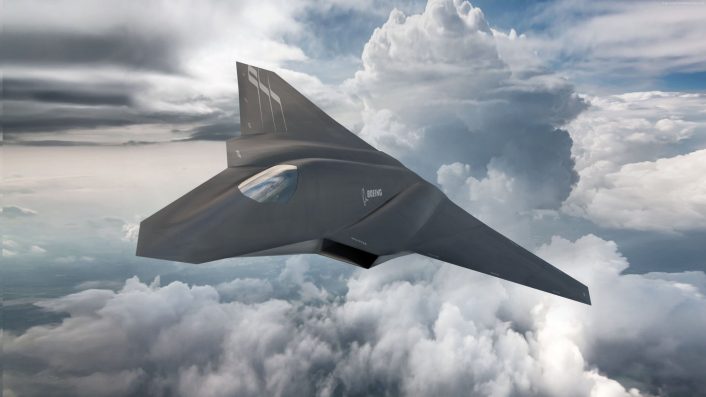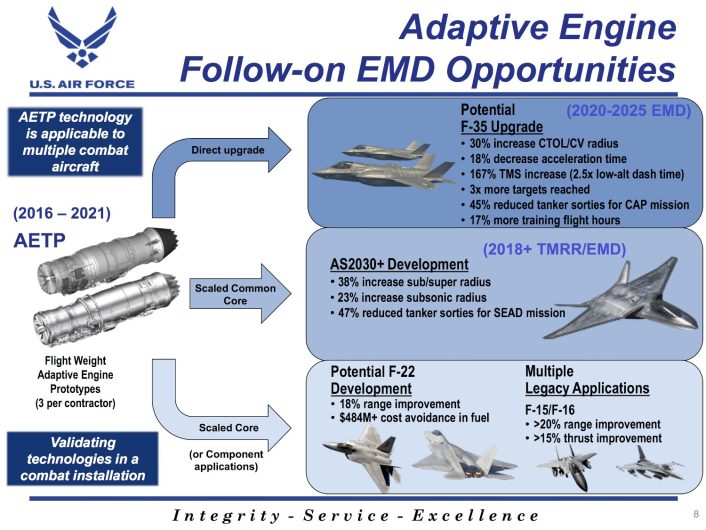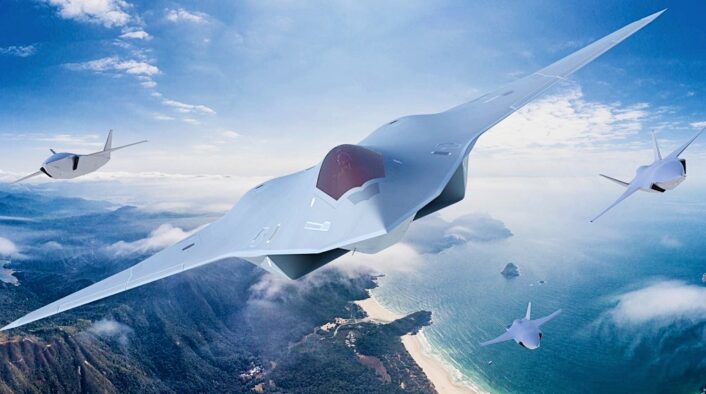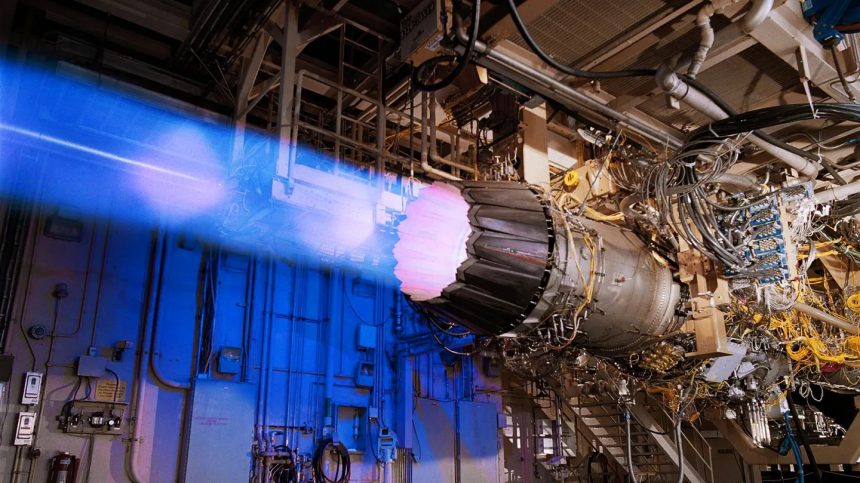The USAF increased the funding for the development of advanced engines earmarked for sixth-generation fighters, with new contracts awarded to both General Electric Aerospace and Pratt & Whitney as part of the NGAP program.
The U.S. Air Force decided to accelerate the development of the engines for upcoming sixth-generation fighters, awarding contracts to both General Electric Aerospace and to RTX subsidiary Pratt & Whitney Engines. Both engine manufacturers had their previously issued contracts for the prototype phase upgraded from the original $975 million ceiling to the new $3.5 billion limit for each firm.
The original contracts were issued in 2022 as part of the Next Generation Adaptive Propulsion (NGAP) program, that at the time also included additional NGAP contracts for Boeing, Lockheed Martin and Northrop Grumman. The upgraded contracts for GE Aerospace and Pratt & Whitney are set to run for years, wrapping up in July 2032.
NGAP Engines
Both General Electric and Pratt & Whitney previously designed engines for the Air Force’s Adaptive Engine Transition Program (AETP), researching potential options for replacing the engines of the F-35 fleet with an improved and more fuel-efficient adaptive cycle engine. The U.S. Air Force announced in 2023 the decision to cancel AETP and instead upgrade the existing Pratt & Whitney F135 engine, currently powering all the 3 variants of the F-35 stealth fighter, even if Congress later authorized additional funding for the AETP program.
General Electric’s XA100 and Pratt & Whitney’s XA101, developed for AETP, have been the foundation of the improved XA102 and XA103 entrants of the NGAP program. XA102 and XA103 are both adaptive cycle engines, allowing for in-flight adjustment between different modes of operation, providing either more power when the need arises, or operating in a more fuel-efficient way to save fuel and improve the range of the aircraft.

General Electric previously declared that the earlier XA100 engine is around 25 percent more efficient than the existing F135 powerplant, while also offering between 10 and 20 percent more thrust. According to officials, by delivering better performance in thrust and fuel efficiency, the adaptive engine technologies developed under the AETP and NGAP programs could herald a “revolutionary leap” in airplane propulsion.
The notices for the modifications to the NGAP contracts, awarding more funds to GE Aerospace and Pratt & Whitney, describe the increase as funding additional “technology maturation and risk reduction services” in support of work on prototype engines.
“The work includes design, analysis, rig testing, prototype engine build and testing, and weapon system integration,” says the notice. “The contract […] is focused on delivering a state-of-the-art propulsion system with a flexible architecture that can be tailored for future combat aircraft operating across various mission threads; and digitally transforming the propulsion industrial base.”
Pratt & Whitney finished a key design review of its own XA103 engine in February 2024, while General Electric announced in May 2024 that its XA102 engine finished a major design review in December 2023.
Both companies are expected to soon move towards building full scale engine prototypes and then undergo testing, but current plans for NGAP foresee eventually eliminating one of the two suppliers from the program.

Even if the future of NGAD is still uncertain, NGAP engines could end up powering the U.S. Navy F/A-XX future sixth-generation carrier-capable stealth fighter, despite the Navy announcing plans to develop the plane independently from the Air Force’s NGAD. Other platforms may also end up flying with the NGAP engines, or the prototype powerplants could be used as a base to further develop future engines.
NGAD Review
NGAP is expected to produce an engine for the upcoming Next Generation Air Dominance (NGAD) sixth-generation fighter jet, whose future is however suspended and awaiting a decision by the new Trump administration. The program underwent an extensive review of the project over the course of 2024, with the objective of reassessing the requirements for the 6th generation fighter and explore whether the development strategy aligns with the evolving threat landscape and budget realities.
The results of the NGAD review could reshape the program, shifting the focus from a manned 6th generation fighter jet to a more cost-effective and technologically advanced system of systems.
While the initial focus was on creating a high-end fighter with advanced, cutting-edge capabilities, now the emphasis could shift toward a more integrated approach that considers the roles of unmanned drones like CCAs, bombers like the B-21 and a distributed network of capabilities.
The NGAD program is also suffering from an increase in cost, as the jets are predicted to have a price tag almost three times higher than 5th-generation F-35 fighters. In fact, each NGAD airframe could be priced between $250 million and $300 million, while the average unit price for F-35s in the latest production lots is around $82.5 million.

Unmanned platforms, such as the Collaborative Combat Aircraft (CCA), could serve alongside manned fighters, reducing the need of traditional, highly expensive 6th generation crewed aircraft. The CCA’s price is expected to be between $20.6 million and $27.5 million, less than the $32 million value of an MQ-9 Reaper.
The Air Force is therefore pushing for a leaner and more efficient program, exploring ways to break up the NGAD’s capabilities across multiple platforms to lower the overall cost. This could subsequently translate into a reduced emphasis on a single, all-encompassing platform in favor of a networked approach including unmanned vehicles, bombers, and cheaper fighters.









